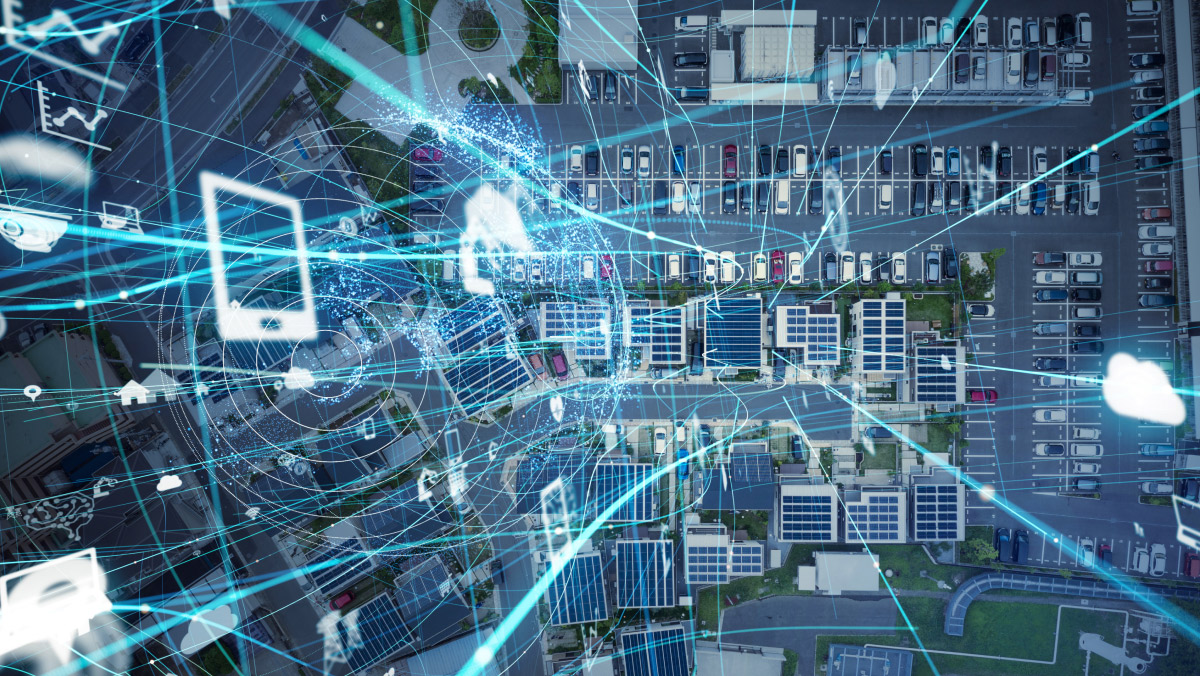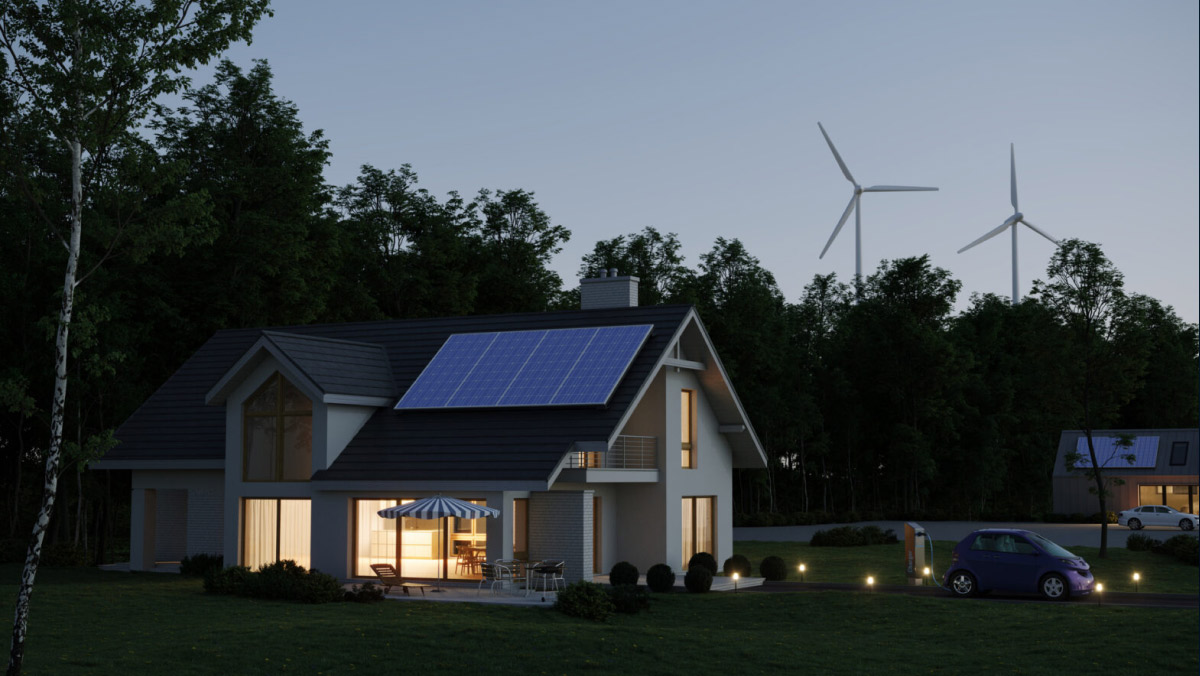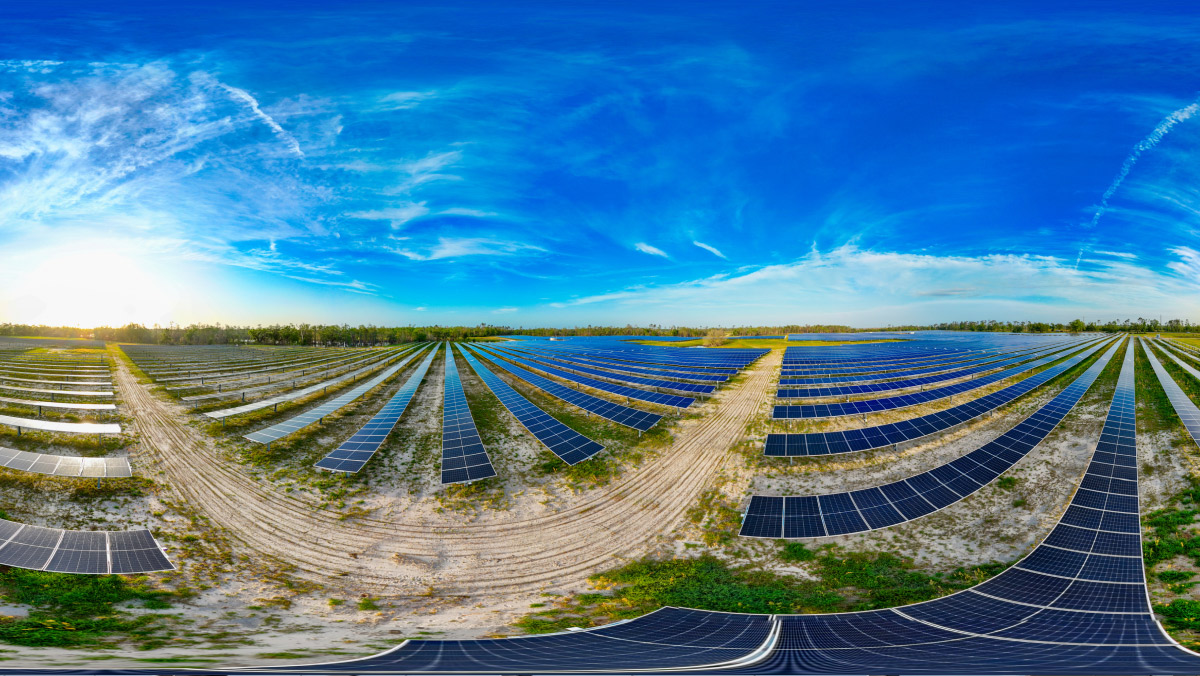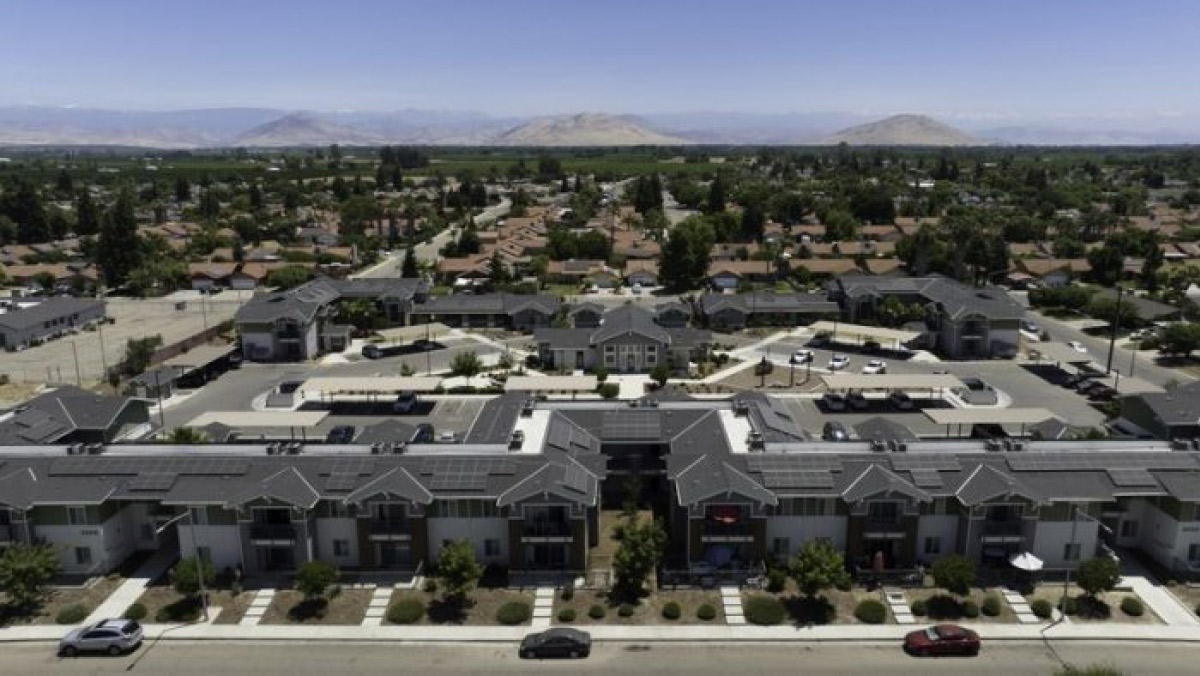TECHNOLOGY
How AI Is Turning Neighborhoods into Energy Hubs
AI-driven virtual power plants are reshaping the U.S. grid with cheaper, cleaner, and smarter energy.
21 May 2025

Artificial intelligence is starting to rewire America’s power system. Its latest project is turning thousands of small, scattered devices into something that behaves like a single power station.
In Texas, Abundance Energy is working with sonnen, a German battery-maker, and Energywell, a software firm, to launch one of the country’s largest residential virtual power plants (VPPs). Together they will coordinate 60MWh of capacity from rooftop solar arrays, home batteries and electric vehicles. AI models will forecast demand, decide when to store power and when to release it, and help keep the grid stable during spikes in consumption. That should cut consumer bills as well as the risk of blackouts.
“Our collaboration with Energywell and sonnen will create immediate customer and grid value,” says John Mandry, Abundance Energy’s boss. He hopes the scheme will provide a template for scaling “dispatchable” clean energy.
Policy changes are helping. A ruling in 2020 by the Federal Energy Regulatory Commission, known as Order 2222, opened wholesale electricity markets to distributed energy resources. That makes it easier to earn money from surplus power, giving households and businesses a reason to join in.
Other firms are refining the technology. Virtual Peaker, a Louisville-based software provider, offers tools to help utilities adjust VPPs in real time, squeezing more efficiency from them and reducing reliance on carbon-intensive backup generation.
Some obstacles remain. Cybersecurity threats loom large. State and regional market rules vary, complicating cross-border integration. And as algorithms take bigger decisions about when and where power flows, calls for greater transparency are growing.
Still, the industry is bullish. “AI is taking what was once a logistical nightmare and turning it into a scalable solution,” says one energy-market analyst. The hope is that VPPs can combine the flexibility of small-scale renewables with the reliability of big plants.
If that happens, the grid of the future may not be a few huge generators feeding millions, but millions of small ones, all thinking and acting together.
Latest News
18 Aug 2025
100K Home Batteries Just Replaced Power Plants, and It Worked11 Jul 2025
The Startup Turning Data Centers into Grid Allies5 Jul 2025
From Rooftops to the Grid: Sunrun’s Big Energy Play29 Jun 2025
The Island Building a Power Plant in Every Home
Related News

INNOVATION
18 Aug 2025
100K Home Batteries Just Replaced Power Plants, and It Worked

INVESTMENT
11 Jul 2025
The Startup Turning Data Centers into Grid Allies

INSIGHTS
5 Jul 2025
From Rooftops to the Grid: Sunrun’s Big Energy Play
SUBSCRIBE FOR UPDATES
By submitting, you agree to receive email communications from the event organizers, including upcoming promotions and discounted tickets, news, and access to related events.